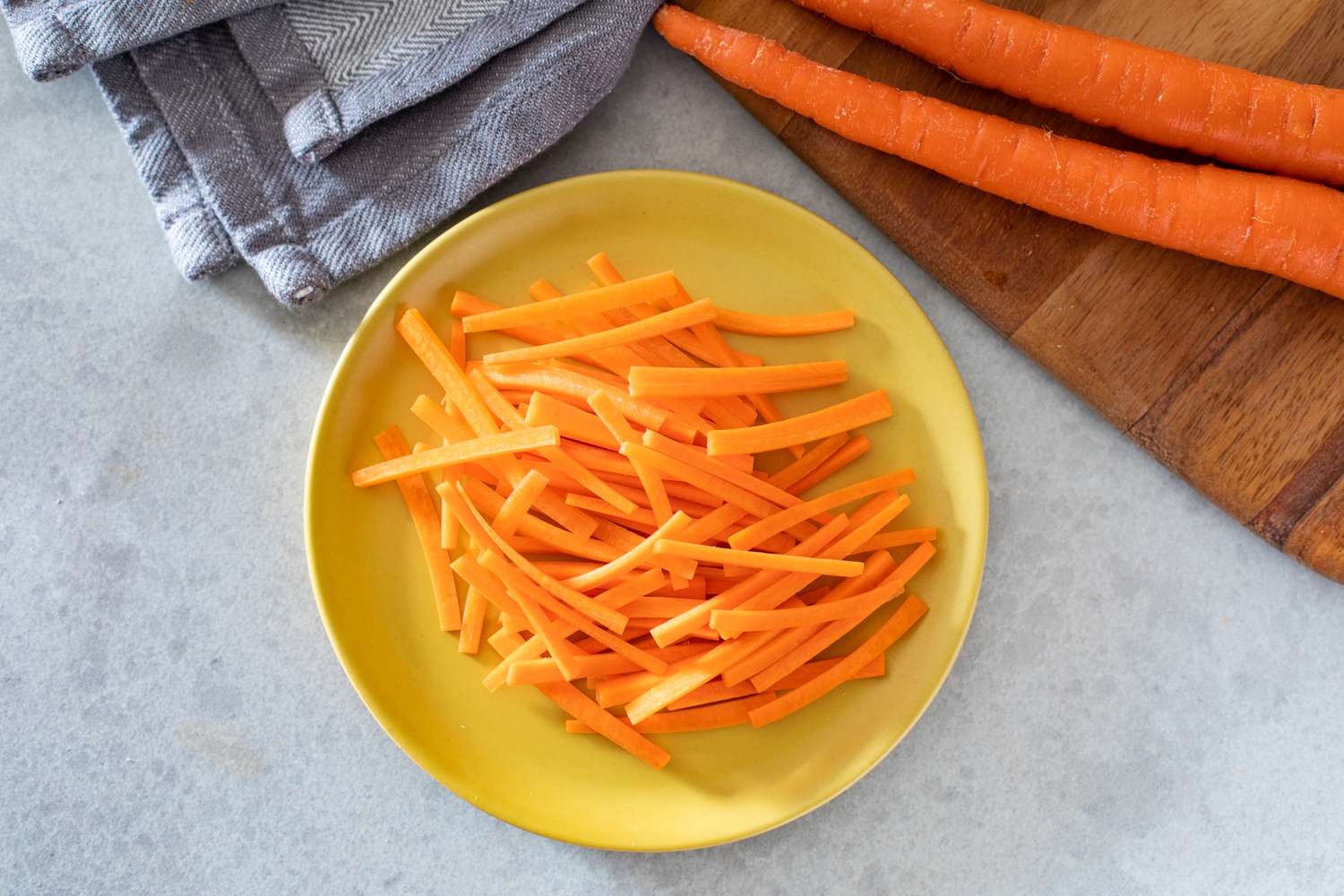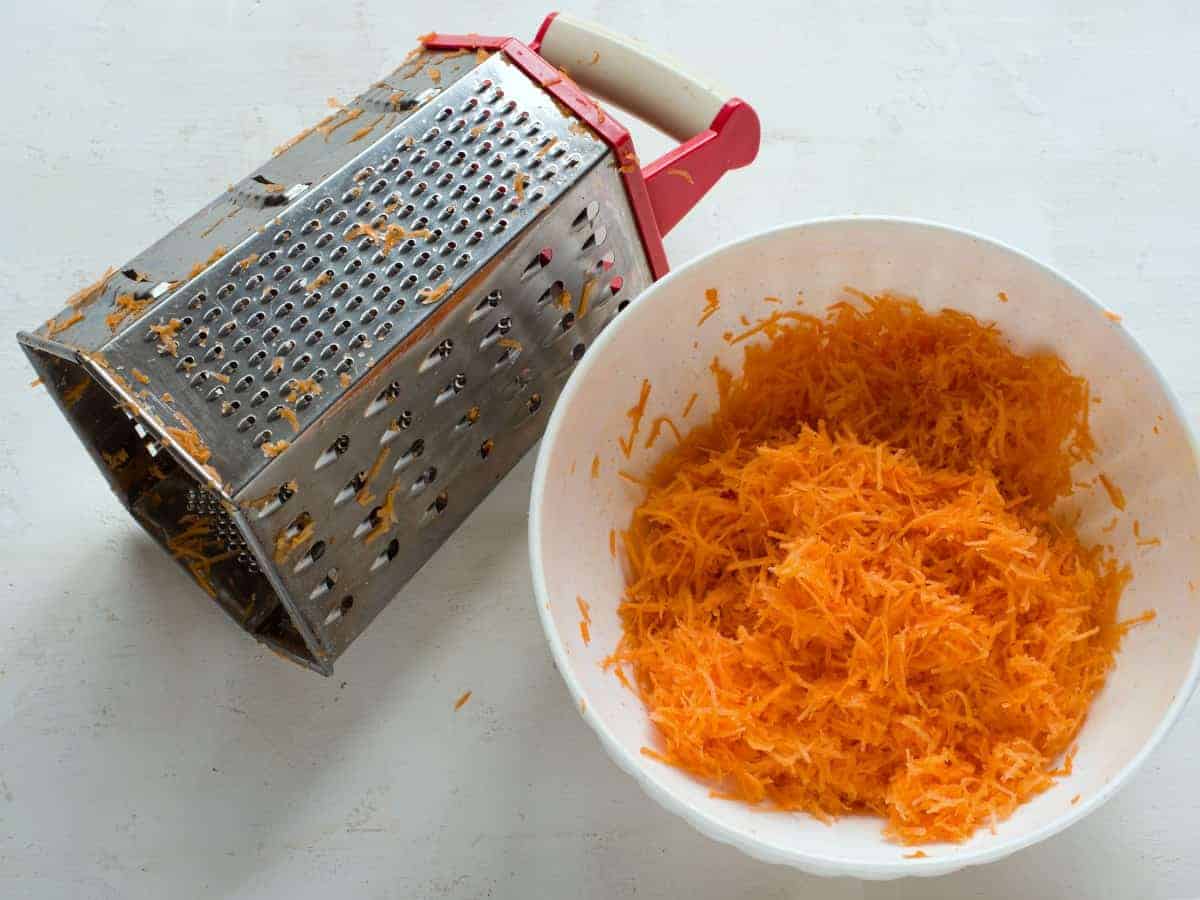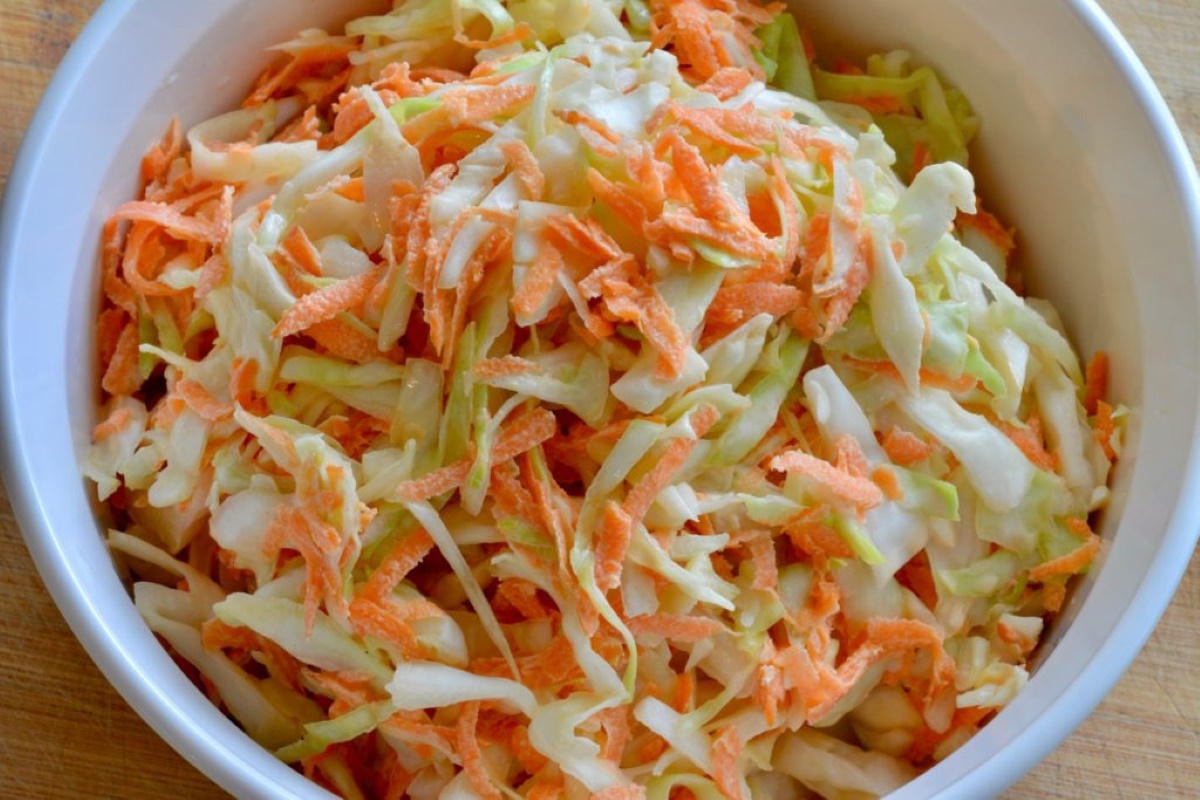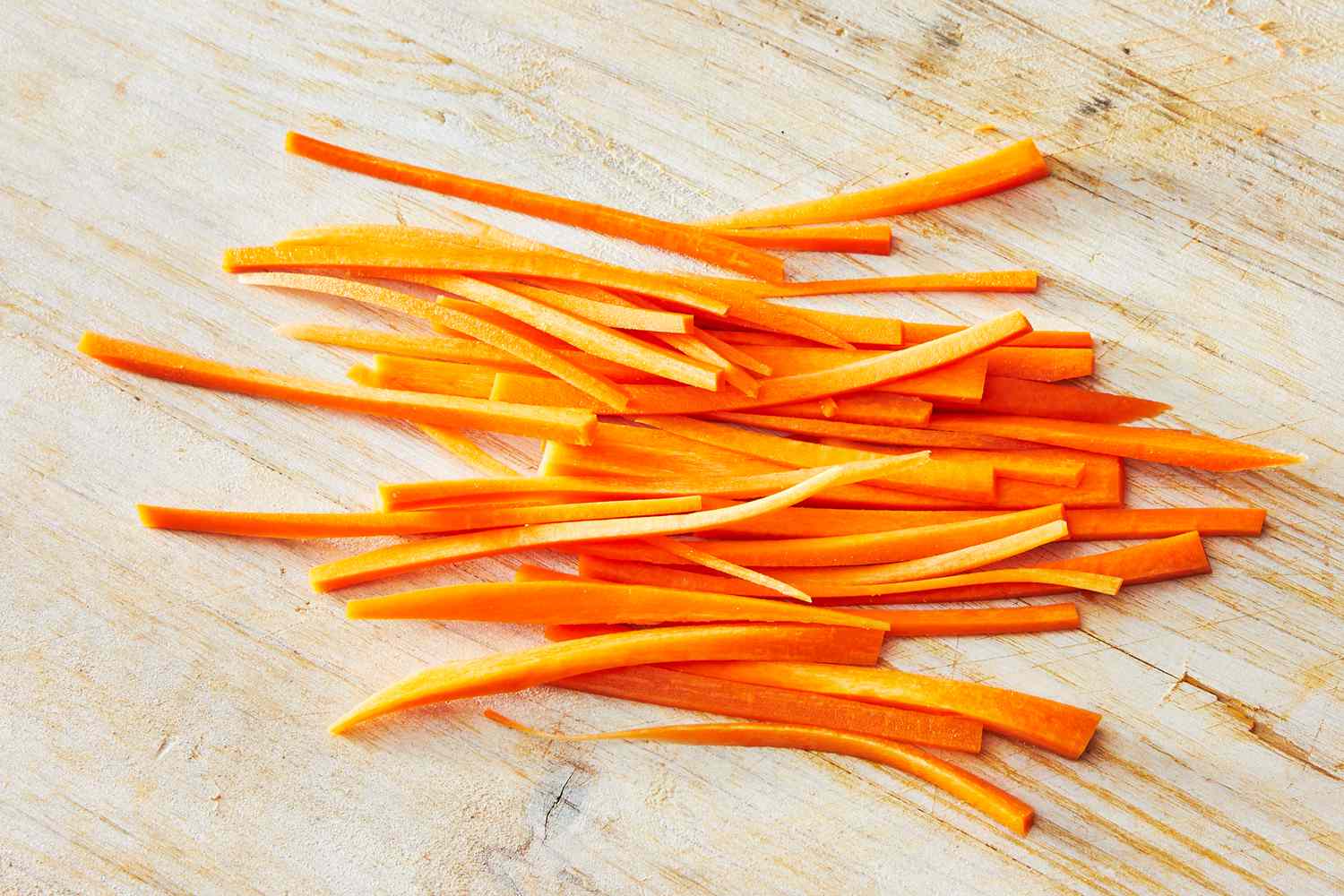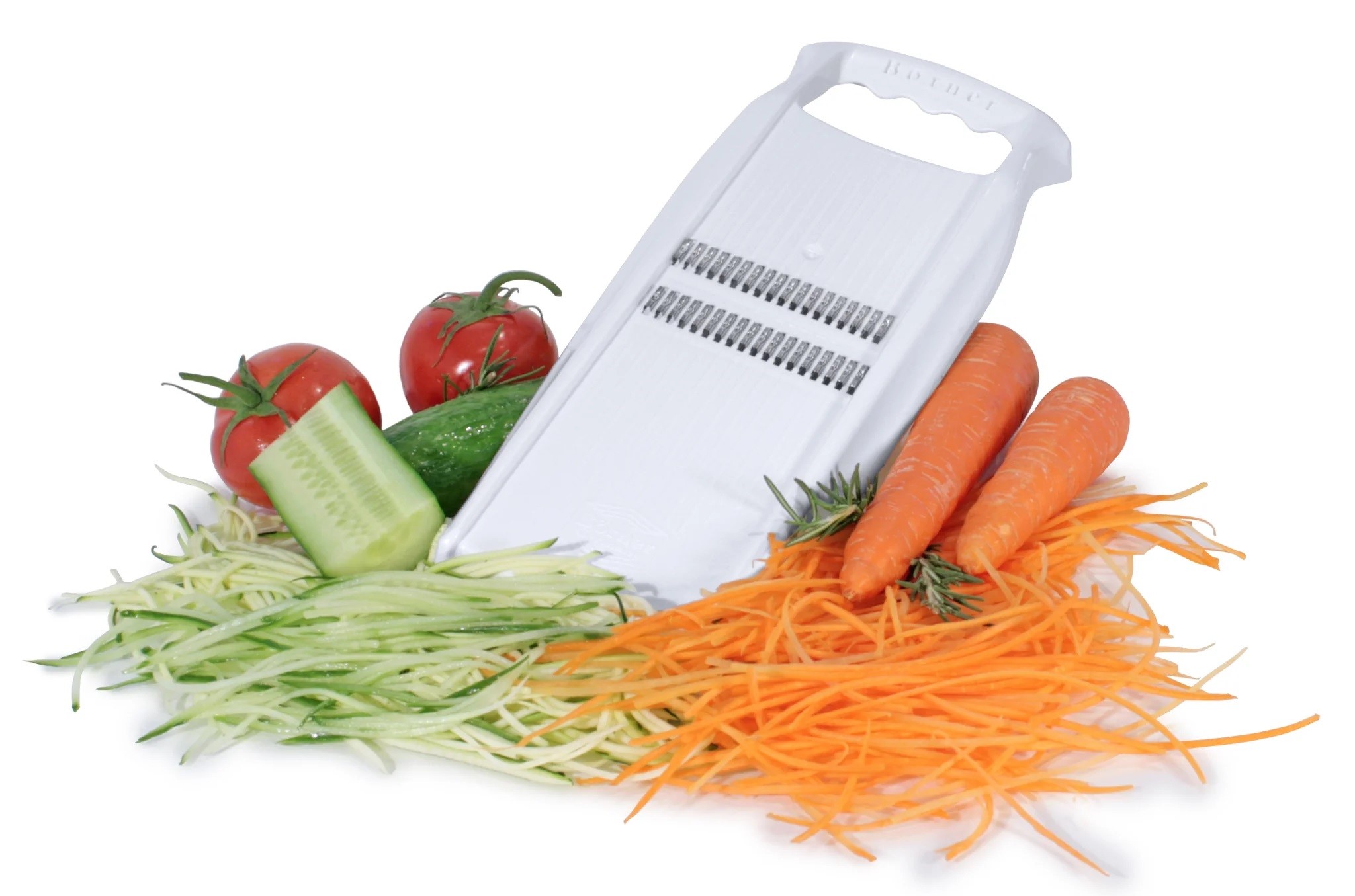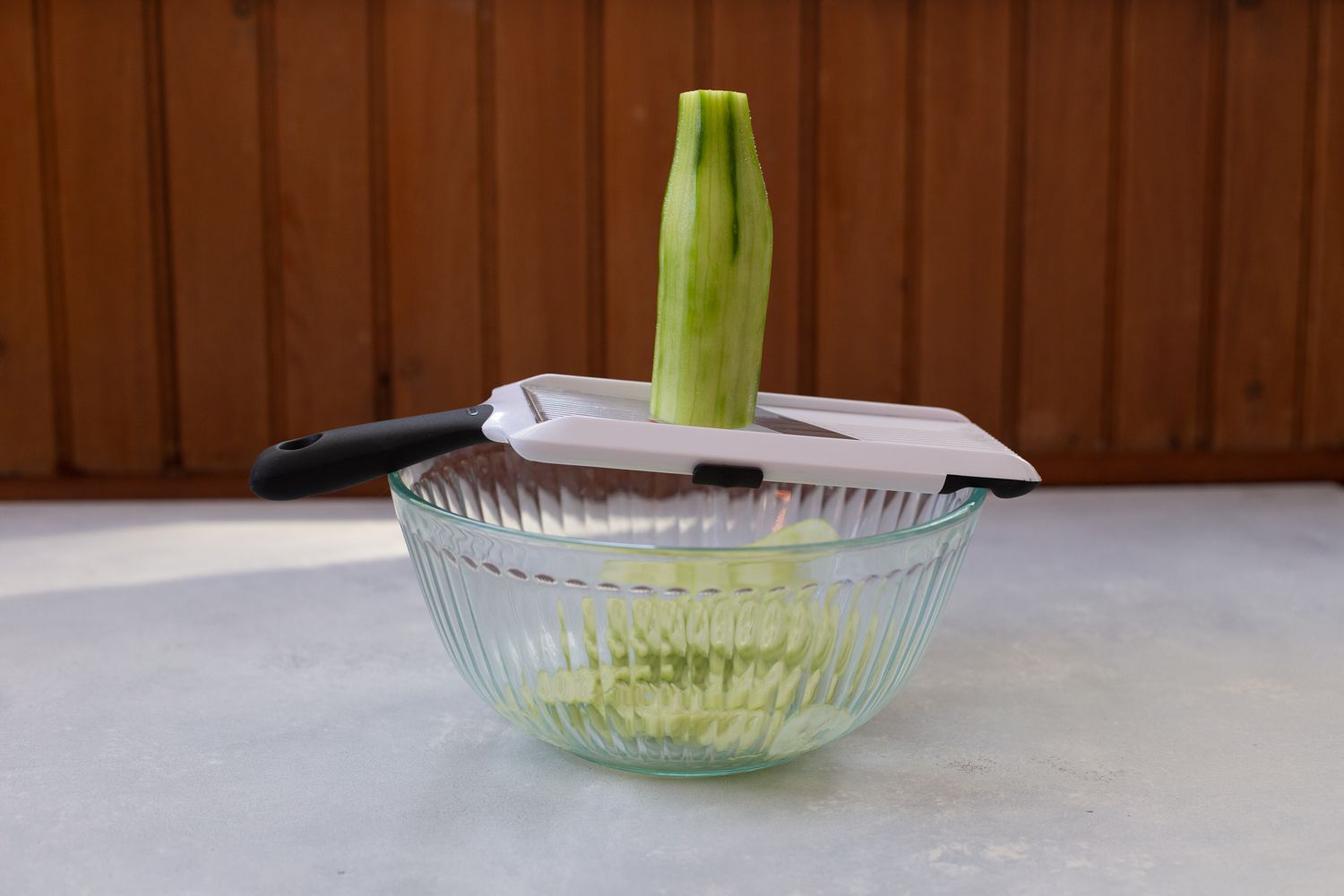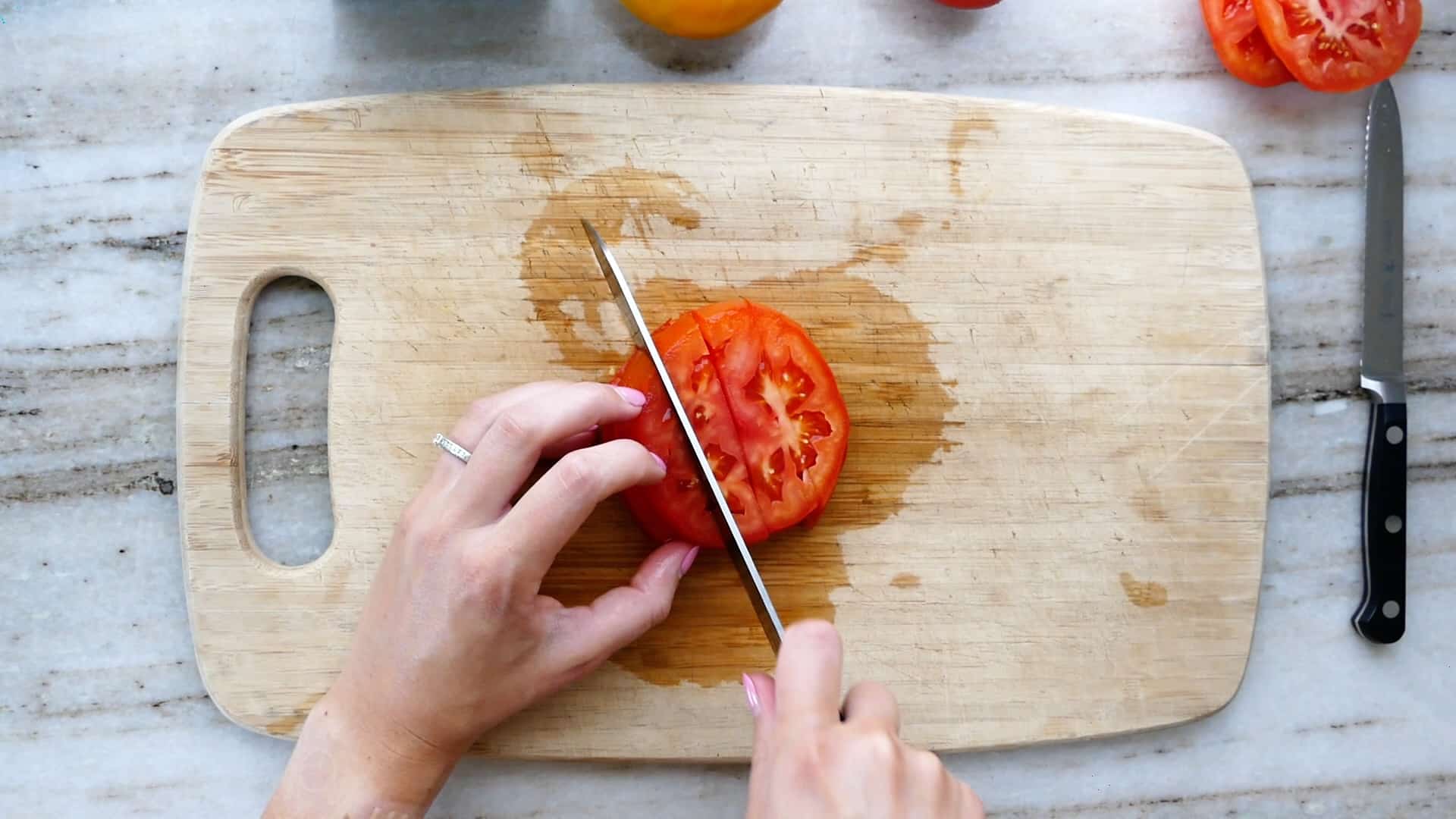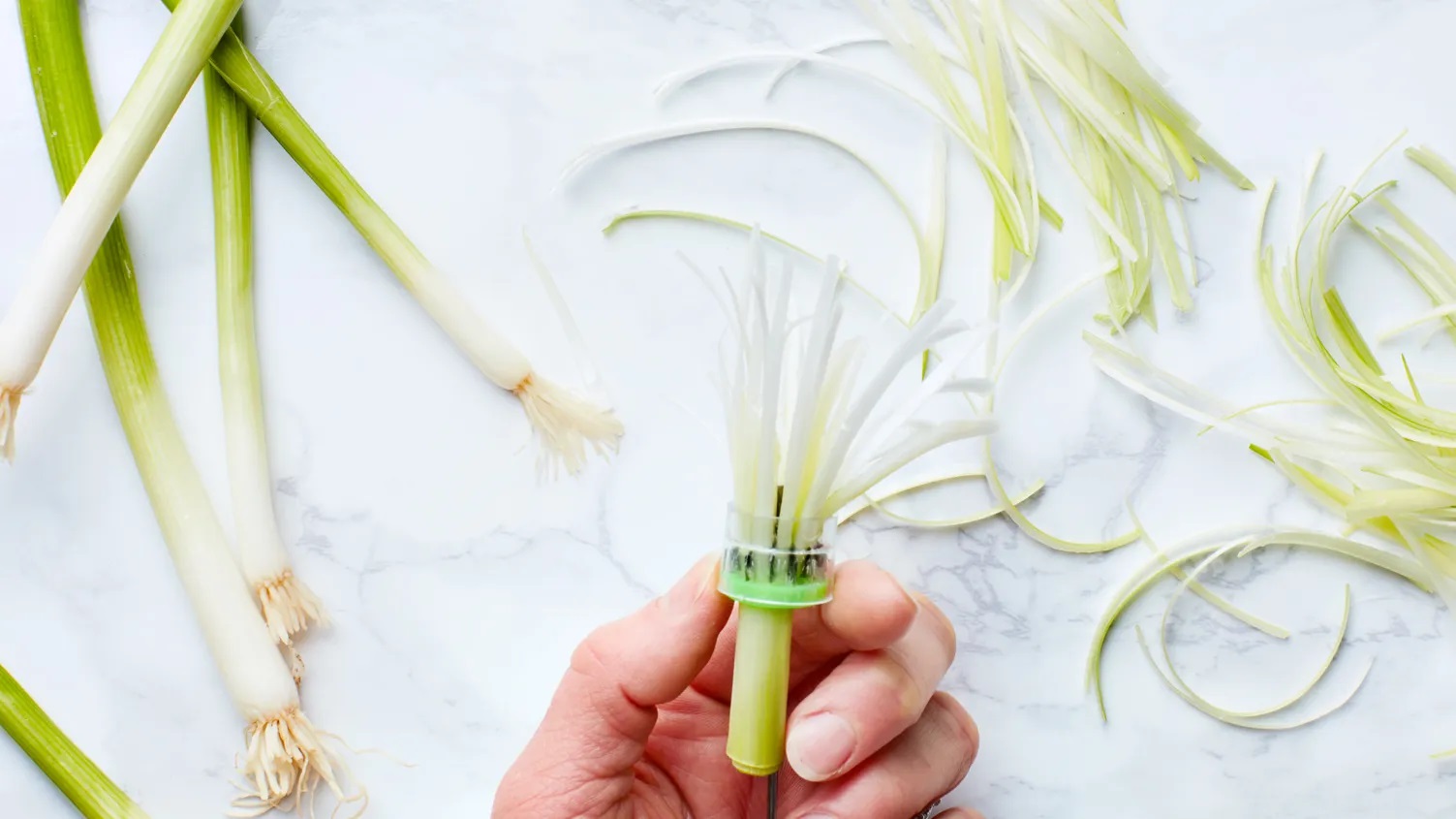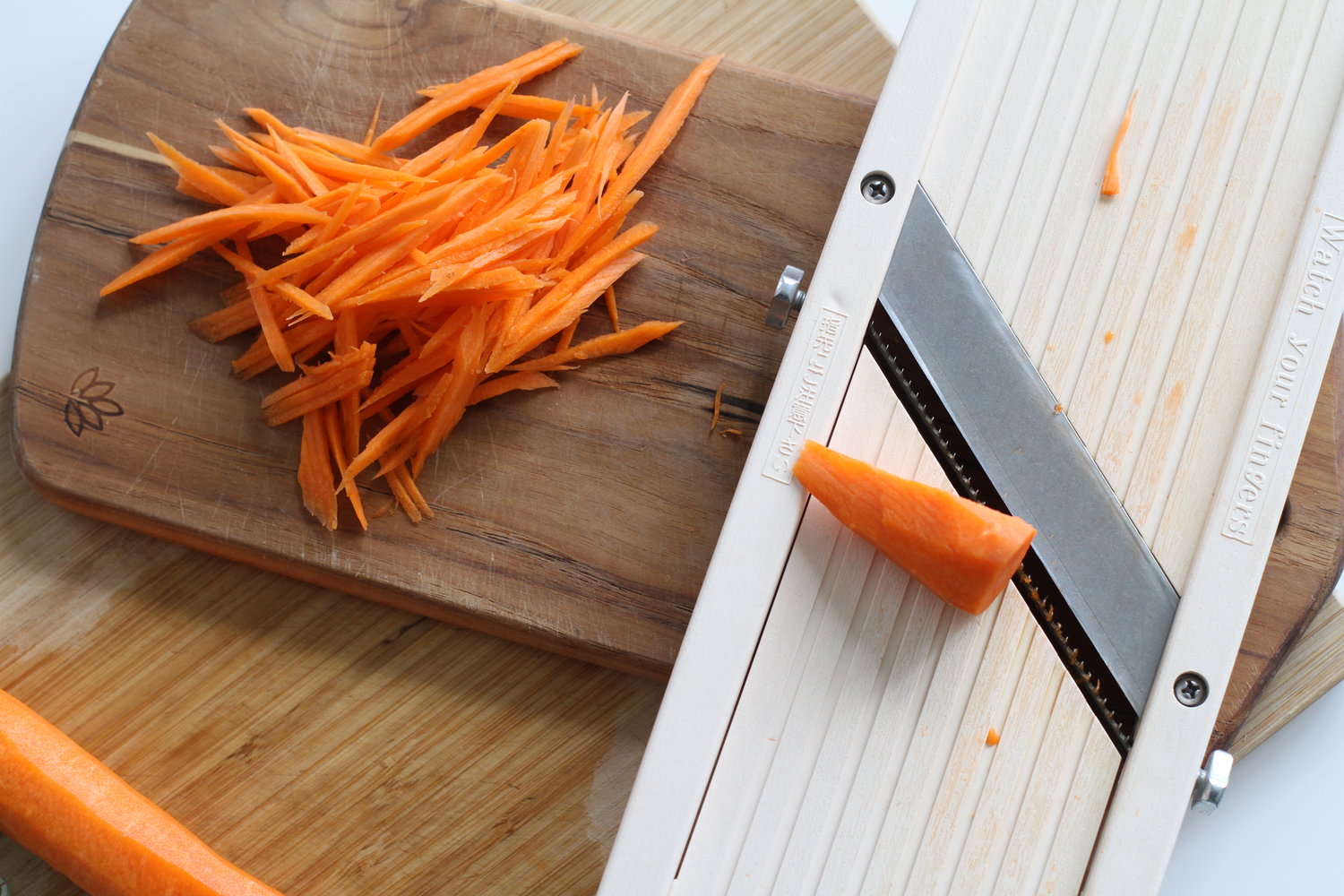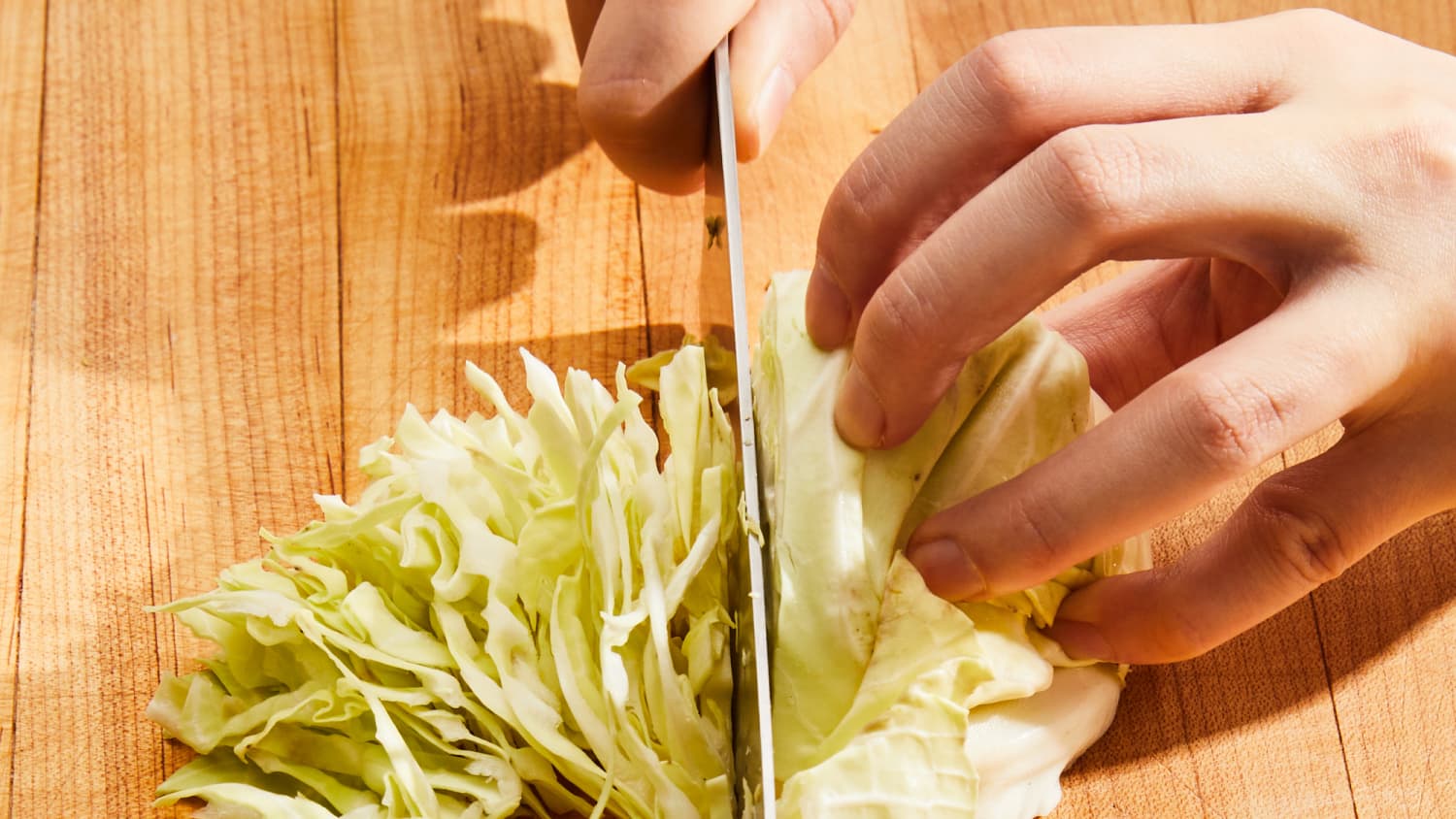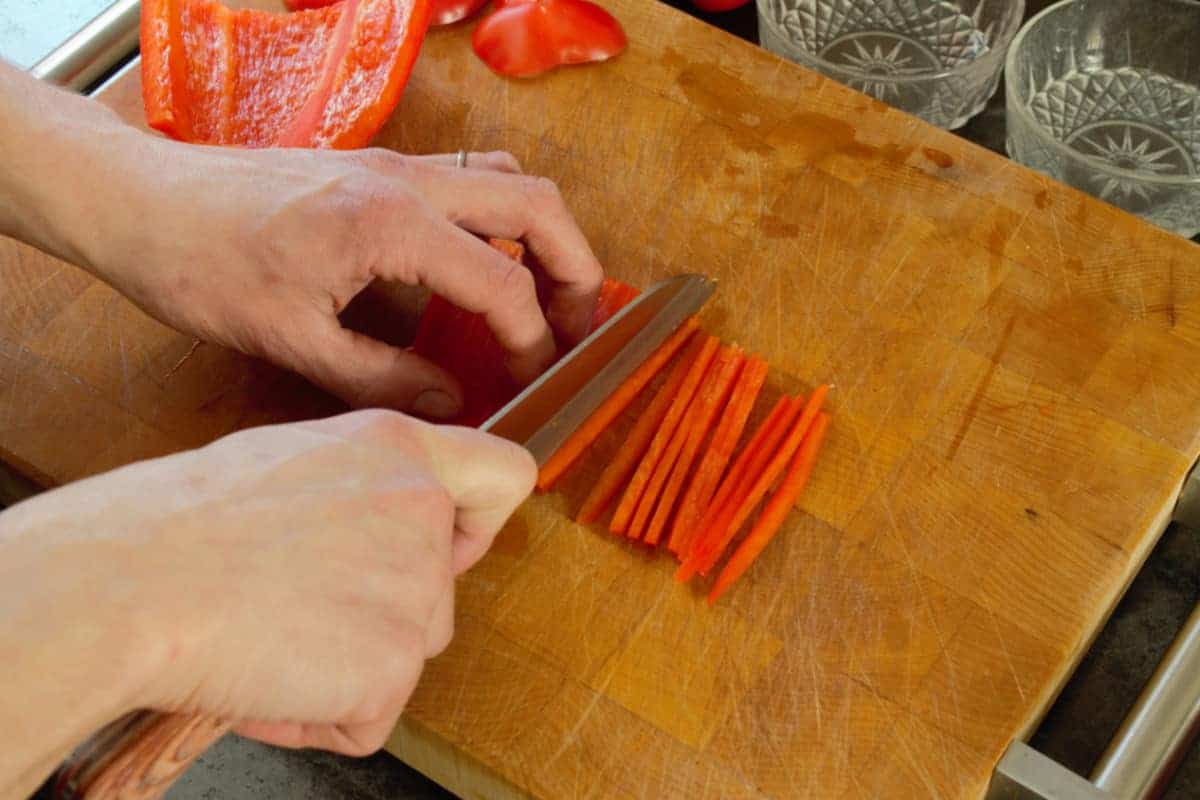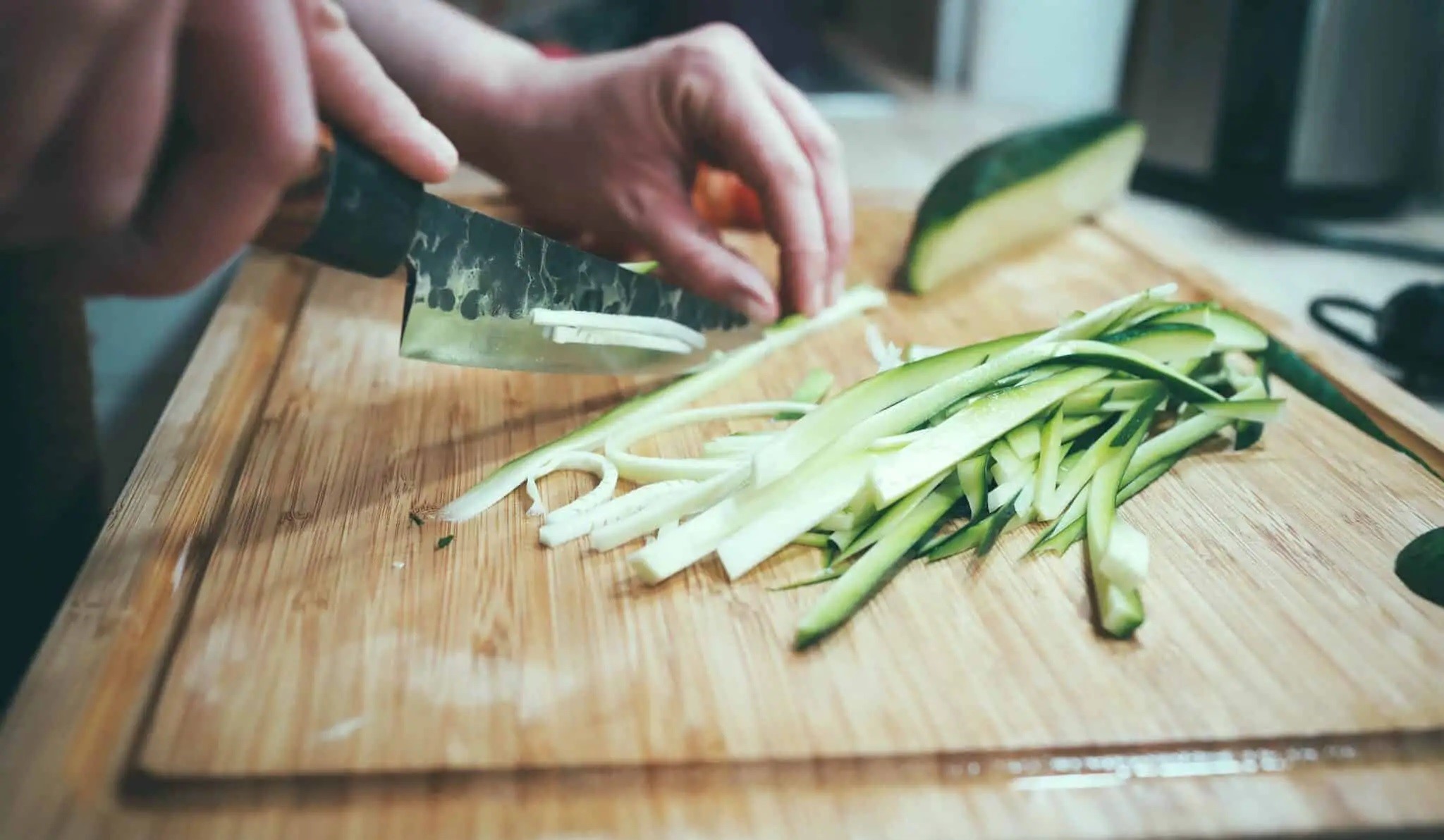If you're looking to add a touch of elegance and finesse to your dishes, julienned carrots can be a great addition. Not only do they add visual appeal, but they also bring a delightful crunch and sweetness to any meal. While the traditional method of hand-cutting carrots into thin, uniform strips can be time-consuming and tedious, using a food processor can make the process much quicker and easier. In this guide, we'll show you how to julienne carrots in a food processor, allowing you to elevate your culinary creations with minimal effort.
Why Julienne Carrots?
Before we dive into the process of julienning carrots, let's take a moment to appreciate why this technique is worth mastering. Julienned carrots are not only visually appealing but also cook quickly and evenly, making them a versatile addition to a wide range of dishes. Whether you're stir-frying, sautéing, or using them as a garnish, julienned carrots can bring a delightful texture and flavor to your meals.
Preparing Your Carrots
Before you can start julienning your carrots, it's important to prepare them properly. Begin by selecting fresh, firm carrots that are free from any blemishes or soft spots. Wash the carrots thoroughly under running water to remove any dirt or debris. Once clean, use a sharp knife to trim off the ends of the carrots.
Using a Food Processor
Now that your carrots are prepped and ready, it's time to bring out the food processor. Follow these simple steps to julienne your carrots with ease:
-
Cut the Carrots: Using a sharp knife, cut the carrots into pieces that are small enough to fit through the feed tube of your food processor. This will make the process more efficient and ensure uniform julienned strips.
-
Attach the Julienne Blade: Most food processors come with a julienne blade attachment. Secure this attachment to the food processor according to the manufacturer's instructions.
-
Feed the Carrots Through the Processor: With the food processor turned on, begin feeding the carrot pieces through the feed tube. The julienne blade will quickly and effortlessly cut the carrots into uniform strips.
-
Collect the Julienned Carrots: As the carrots are processed, collect the julienned strips in a bowl or container. Continue feeding the carrot pieces through the processor until you have julienned as much as you need for your recipe.
Tips for Success
While using a food processor to julienne carrots is relatively straightforward, there are a few tips that can help ensure success:
-
Choose the Right Blade: Make sure to use the julienne blade attachment that is specifically designed for creating thin strips. Using the wrong blade can result in uneven or inconsistent julienned carrots.
-
Work in Batches: If you have a large quantity of carrots to julienne, it's best to work in batches to avoid overcrowding the food processor. This will ensure that the carrots are cut evenly and consistently.
-
Use Even Pressure: When feeding the carrot pieces through the food processor, apply even pressure to the feed tube to ensure that the carrots are cut uniformly.
Incorporating Julienned Carrots Into Your Cooking
Now that you've mastered the art of julienning carrots in a food processor, it's time to put your newfound skill to use. Julienned carrots can be incorporated into a wide variety of dishes, including stir-fries, salads, soups, and wraps. Their vibrant color and crisp texture can elevate the visual appeal of your dishes while adding a delightful crunch and sweetness.
Whether you're a seasoned home cook or just starting out in the kitchen, mastering the technique of julienning carrots in a food processor can open up a world of culinary possibilities. With this simple yet effective method, you can effortlessly add a touch of sophistication to your meals, impressing friends and family with your culinary prowess. So, the next time you're looking to add a pop of color and flavor to your cooking, reach for your food processor and julienned carrots to take your dishes to the next level.
Using a food processor to julienne carrots can be a game-changer for home cooks, offering speed and consistency. For those eager to try out this technique, recipes like Carrot and Bell Pepper Stir-Fry and Julienned Carrot and Chicken Wraps come highly recommended. The former offers a vibrant mix of flavors and textures, making it a delightful side dish or main course. Meanwhile, the latter provides a nutritious and convenient meal option, perfect for a quick lunch or dinner. Additionally, Spicy Korean Carrot Salad is an excellent choice for those who enjoy a bit of heat and bold flavors in their salads. These dishes not only make great use of julienned carrots but also highlight their versatility and ability to blend seamlessly into various cuisines.
